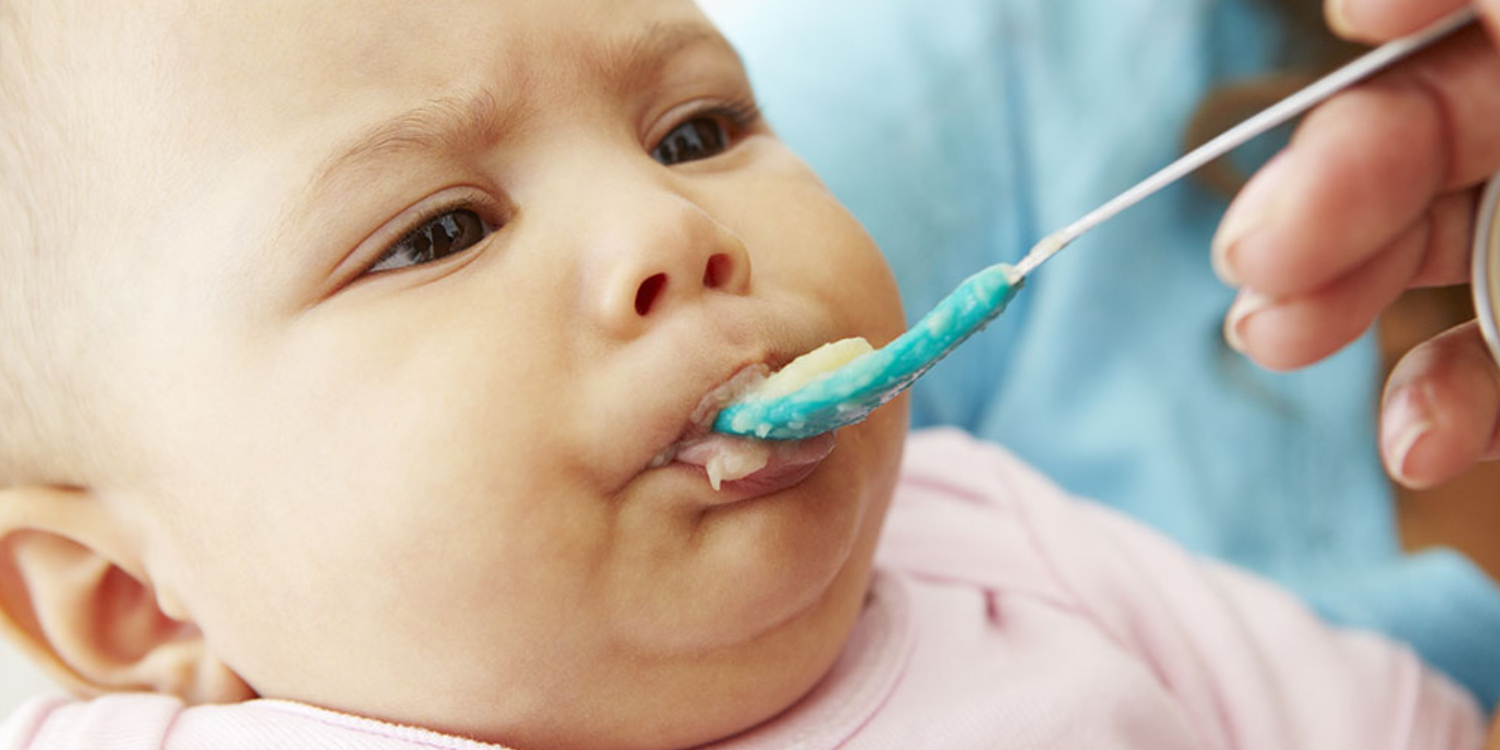5 Things To Watch Out For While Weaning Your Baby/ Is Your Baby Ready For Solid Foods?

Watching your child grow up is one of the best things you will ever experience. Right from when they sit up straight for the first time, take their first steps and speak their first words – all of these moments are sure to melt your heart. Soon, they will be able to do most things on their own. Yes, your baby will even start eating on their own.
Introducing your baby to solid foods can be tricky. It is also a necessary part of their growth. After introducing solid foods, you would need to slowly start the process of weaning your baby off the breast milk. It happens naturally but you need to help them decide if they are ready.
So, when will your baby be ready to eat on their own? Watch out for these signs:
1. Hungry after breastfeeding
After you are done nursing your baby, does your little one still seem hungry? If so, it might indicate that they need something more. You can then start offering them solid foods. It may take some time for them to accept the food but they will do so eventually.
2. Can swallow food
When a baby is ready to start foods, they will eat the food you give them. If they reject the food, it means they are not ready for it yet. But don’t stop trying after just one attempt. It may take time for them to adjust to the taste or smell of the new food. Allow them a few tries for each food.
3. Showing interest in your food
Does your baby look at you while you eat? Do they try and take your food? Try offering them a bit of your food when they start to show interest. Make sure the food is well-mashed and easy to swallow.
4. Put things in their mouth
Babies often start teething at around 6 months. They would start putting things in their mouth. If your baby’s hand-eye coordination is good enough for them to be able to put teethers or toys in their mouth with their hands, they would be able to put food in their mouth as well.
5. Holding head up straight
If your baby is able to hold their head up by themselves, they would be able to eat on their own. They should have good control over their head and neck – enough to be able to sit on a high chair. High chairs enable them to learn to eat and dine the way you do.
When you start weaning, start with mashed foods and purees, because these are easy for your baby to swallow at first. Introduce one new food at a time so your little one can get used to this. The weaning period is important as it helps your baby learn new tastes and get used to eating like the rest of the family.
Make your child’s plate colourful and visually appealing to make meal-time more fun. When your baby starts eating solids, he will inhale a lot of air through the mouth, which can lead to trapped gas and stomach discomfort. It’s best to seek your pediatrician’s advice during the weaning period as it will ensure you are on the right track. Keep your baby’s tummy happy by regularly burping him after feeds. You can also give him some Gripe Water to relieve the pain and keep him free from colic. Good food and a happy tummy will keep your baby happy!
